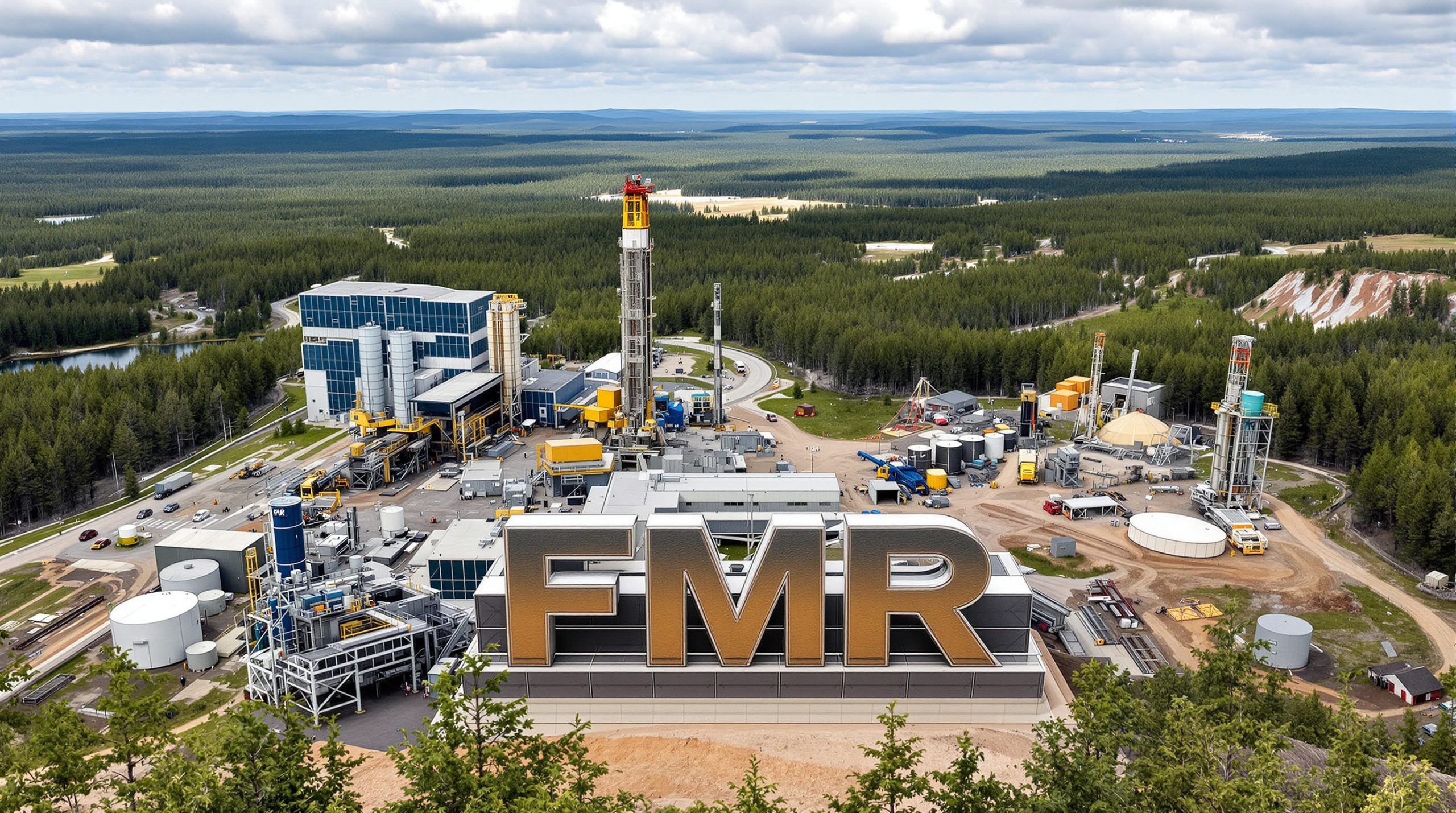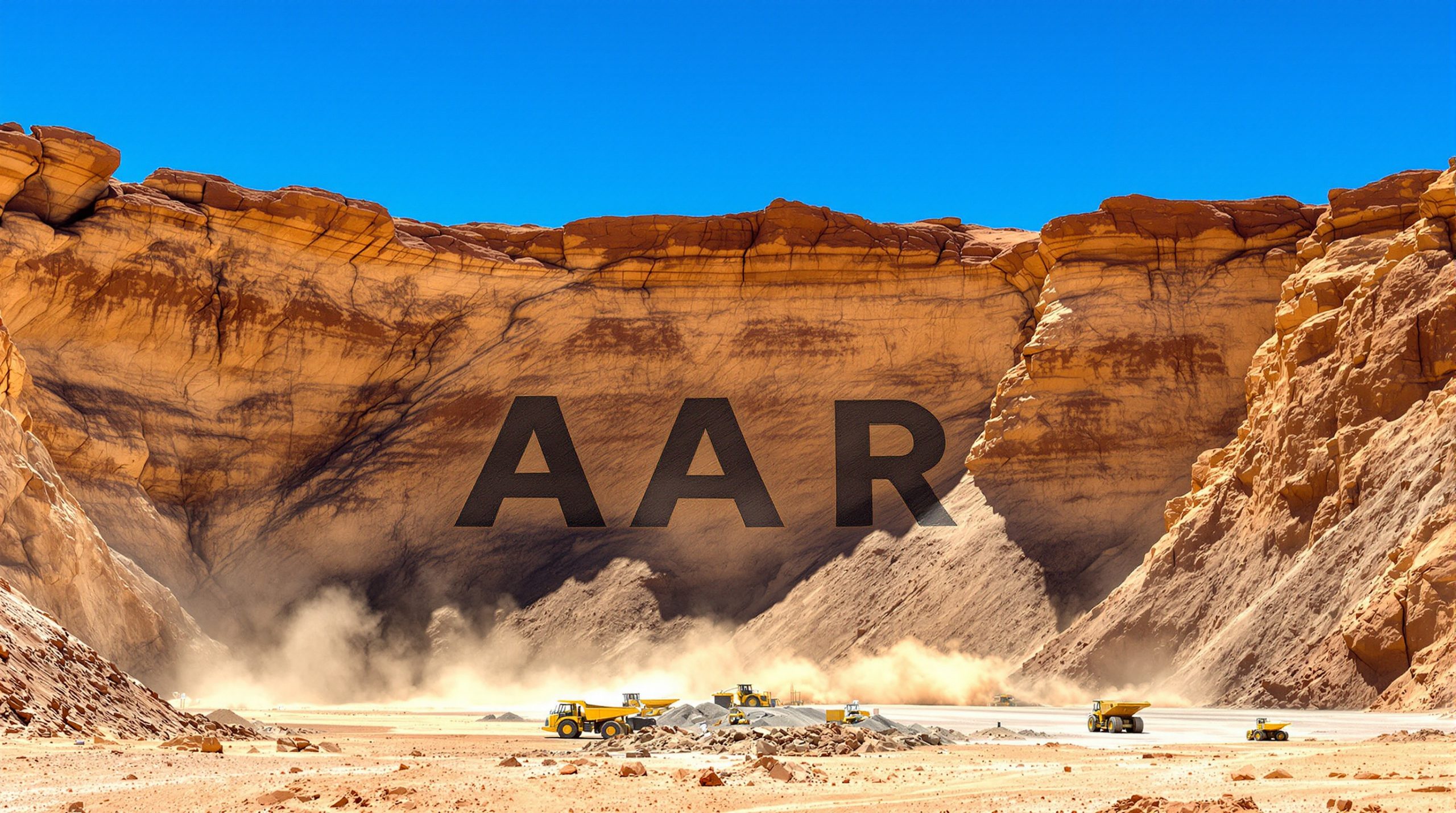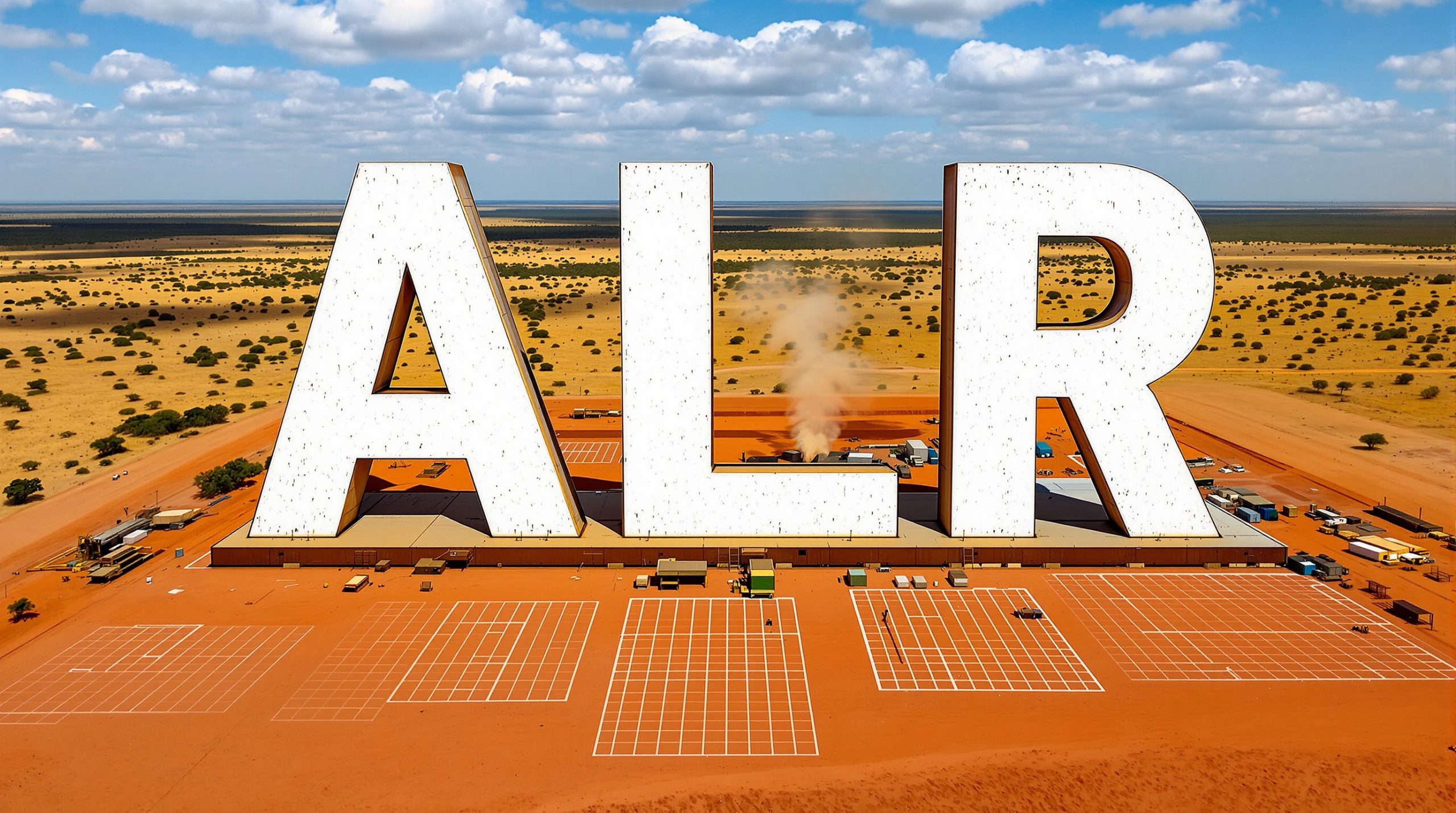AusQuest Identifies Promising IOCG Targets at Coober Pedy Project
AusQuest Limited (ASX: AQD) has announced the successful completion of Induced Polarisation (IP) and magnetotelluric (MT) surveys at its Coober Pedy Iron-Oxide Copper-Gold (IOCG) Project in South Australia, identifying two potential drilling targets.
Strategic Location in World-Class Mineral Province
The Coober Pedy project AusQuest Ltd is strategically positioned at the northern end of the Olympic Dam IOCG Province, a world-class mineral region that hosts major deposits including Olympic Dam, Carrapateena, and Prominent Hill. This premier location provides AusQuest with exploration opportunities in one of Australia's most productive copper-gold regions.
The project is being advanced under the Strategic Alliance Agreement (SAA) with a wholly-owned subsidiary of South32 Ltd, providing financial and technical support for exploration activities.
Geophysical Surveys Reveal Promising Targets
The recently completed MIMDAS IP and MT survey has identified two IP targets with weak to moderate chargeabilities and associated low apparent resistivities, indicating potential disseminated sulphide source rocks. Detailed modelling suggests these targets are:
- Located at depths between 300m to 500m
- Semi-coincident with discrete gravity highs of approximately 2 milligals
- Positioned adjacent to the interpreted Elizabeth Creek Fault zone
The survey covered approximately 41km using pole-dipole IP and MT methods with 200m dipoles along lines spaced 400m to 800m apart.
"The Coober Pedy Project has a great address – being located at the northern end of a world-class IOCG Province which hosts the world-class Olympic Dam, Carrapateena and Prominent Hill deposits. We now have a couple of credible targets to test to advance the project, subject to further modelling and discussions under the SAA." – Graeme Drew, Managing Director
Technical Insights: Understanding IP and MT Surveys
Induced Polarisation (IP) and magnetotelluric (MT) surveys represent sophisticated geophysical methods used to identify potential mineralisation beneath the surface without the expense of drilling.
How IP Surveys Work: This technique measures the electrical chargeability of subsurface materials. When an electrical current is transmitted into the ground, certain minerals (particularly sulphides often associated with copper deposits) become electrically charged. After the current is switched off, these minerals gradually discharge, creating a measurable voltage decay that indicates their presence.
How MT Surveys Work: Magnetotelluric surveying measures naturally occurring electrical and magnetic fields in the Earth. These measurements provide information about the electrical resistivity of rocks at various depths, helping to identify geological structures and potentially mineralised zones.
For exploration companies, these techniques offer several advantages:
- Non-invasive assessment of subsurface conditions
- Cost-effective screening before committing to expensive drilling programs
- Ability to identify potential targets at significant depths
- Reduction of environmental impact during early exploration phases
The MIMDAS system used by AusQuest represents an advanced application of these technologies, featuring real-time quality control and telluric cancellation to improve signal quality in challenging conditions.
Historical Context Enhances Target Potential
The survey area has seen limited historical drilling, with only two wide-spaced diamond drill holes completed previously. Significantly, the eastern-most drill hole (GAW_RC01) intersected strong potassic alteration, a characteristic often associated with nearby IOCG-style mineralisation.
This historical evidence, combined with the new geophysical data, strengthens the case for potential mineralisation in the project area.
Next Steps and Timeline
AusQuest is now advancing the project through:
- Compilation and modelling of IP, gravity, and magnetic data
- Optimisation of potential drill sites
- Discussion with South32 under the Strategic Alliance Agreement regarding future drilling plans
While specific timelines have not been announced, these activities are expected to progress over the coming months.
Investment Perspective: Why This Matters
AusQuest's Coober Pedy Project represents a compelling exploration opportunity for several reasons:
| Strength Factor | Details |
|---|---|
| Strategic Location | Positioned in the same geological province as world-class deposits like Olympic Dam |
| Corporate Partnership | Backed by South32 through a Strategic Alliance Agreement |
| Technical Advancement | Successfully identified specific drill targets using advanced geophysical methods |
| Historical Indicators | Previous drilling showed potassic alteration associated with IOCG systems |
What are IOCG Deposits?
Iron Oxide Copper-Gold (IOCG) deposits represent a diverse family of mineral deposits characterised by:
- Abundant iron oxide minerals (magnetite or hematite)
- Economic concentrations of copper and gold
- Varied concentrations of other valuable elements such as uranium, rare earth elements, and silver
IOCG deposits typically form in extensional geological settings, often related to large-scale crustal processes. They can be extensive in size and occur at various depths within the earth's crust.
The Olympic Dam Province in South Australia hosts some of the world's most significant IOCG deposits, including:
- Olympic Dam: One of the world's largest deposits of copper, gold, and uranium
- Prominent Hill: A major copper-gold operation
- Carrapateena: A developing copper-gold project with substantial resources
These deposits often feature:
- Large scale (typically 100+ million tonnes)
- Moderate to high copper grades (often 0.5-2%)
- Significant gold credits
- Long mine lives due to their substantial size
For explorers like AusQuest, the discovery of an IOCG deposit can be transformative, which is why the identification of potential drill targets at Coober Pedy represents a significant milestone.
Challenges in the Exploration Environment
The Coober Pedy exploration area presents certain technical challenges that AusQuest has had to address:
- High near-surface conductivities of variable thickness across most of the surveyed area, making it relatively difficult to identify chargeable targets in the underlying bedrock
- Limited historical drilling in the area, providing minimal direct geological information
- The depth of potential targets (300-500m), requiring sophisticated techniques for identification
Despite these challenges, the company's technical approach has successfully identified potential drill targets.
Key Takeaway for Investors
AusQuest has strategically positioned itself in one of Australia's premier copper-gold provinces and has now identified specific targets for potential drilling. The company's technical approach, combined with South32's backing, provides a solid foundation for continued exploration.
As the company moves toward potential drilling operations, investors should monitor announcements regarding:
- Final modelling results
- Drill target confirmation
- Commencement of drilling programs
- Initial drill results
While early-stage exploration carries inherent risks, the methodical approach to target identification at Coober Pedy demonstrates AusQuest's commitment to disciplined, technically-driven exploration in prospective regions.
Ready to Explore AusQuest's IOCG Potential?
For investors seeking exposure to one of Australia's premier copper-gold provinces, AusQuest's promising developments at the Coober Pedy IOCG Project represent a compelling opportunity. To learn more about the company's strategic position in this world-class mineral region, their partnership with South32, and their technically-driven exploration approach, visit www.ausquest.com.au for comprehensive information and latest project updates.




